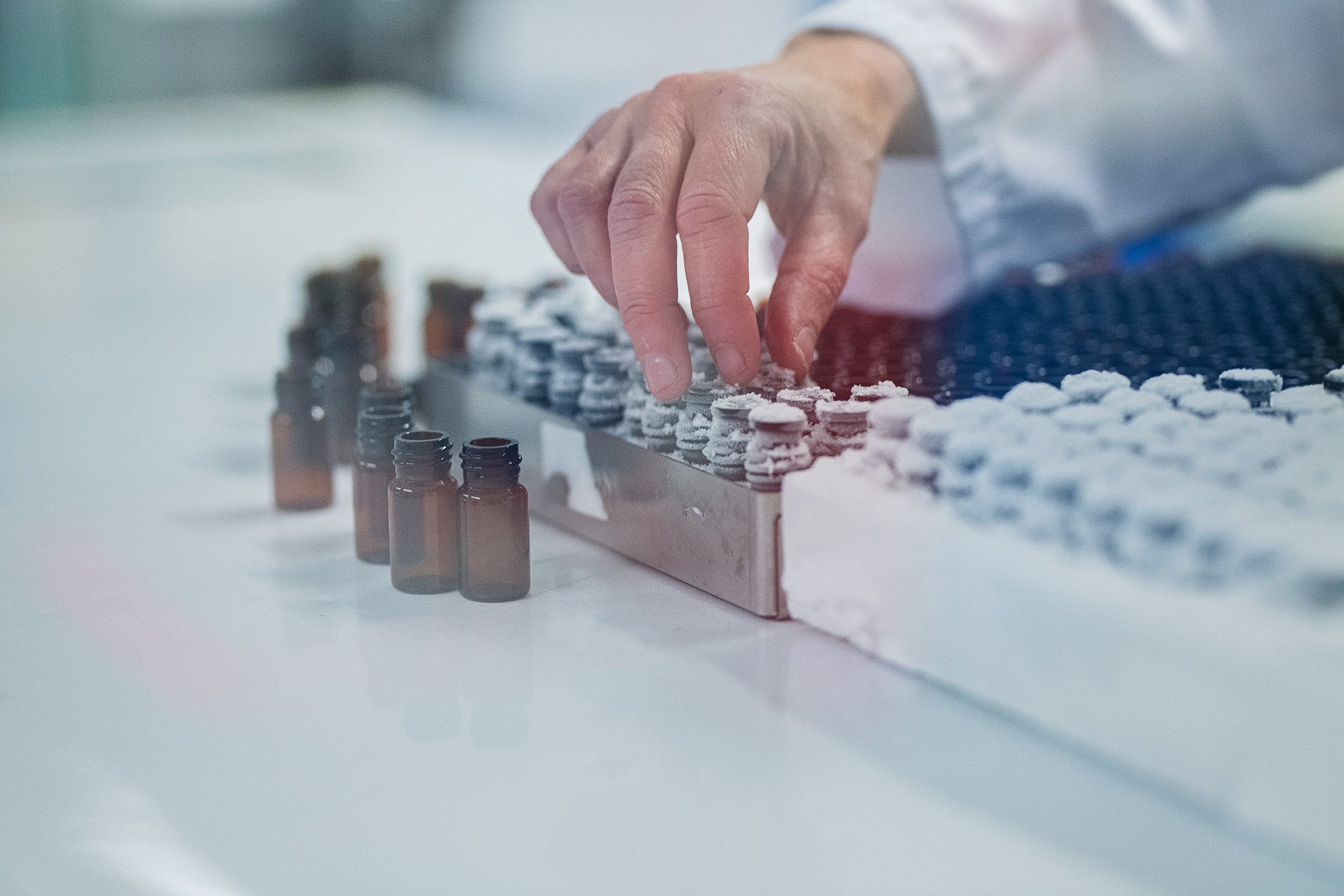Biomarkers of systemic inflammation are associated with disease severity and metabolic syndrome in patients with hidradenitis suppurativa.
Abstract
BACKGROUND
Biomarkers associated with disease severity and comorbid metabolic syndrome (MetS) in patients with hidradenitis suppurativa (HS) are lacking.
OBJECTIVE
To identify biomarkers associated with disease severity and comorbid MetS in patients with HS.
METHODS
Data on hospital outpatients with HS were obtained through clinical examination and interviews. Indicators of systemic inflammation; C-reactive protein (CRP), erythrocyte sedimentation-rate (ESR), neutrophil/lymphocyte-ratio (NLR), platelet/lymphocyte-ratio (PLR), monocyte/lymphocyte-ratio (MLR), platelet/neutrophil-ratio (PNR), pan-immune-inflammation-value (PIV), and systemic-immune-inflammatory-index (SII), were calculated from blood samples.
RESULTS
Seven hundred patients were included; of those 444 (63.4%) and 256 (36.6%) were female and male, respectively, with a median age of 38.3 years (IQR = 27.9-51.0). Increasing CRP, ESR, NLR, PIV, and SII ( < .001) were significantly associated with increasing Hurley-stage and international hidradenitis suppurativa severity score system 4 (IHS4)-score in adjusted analysis. A doubling in CRP (OR 1.59 (1.36-1.85), < .001), ESR (OR 1.39 (1.17-1.66), < .001) and PIV (OR 1.41 (1.12-1.77) = .002) was associated with MetS in adjusted analysis. ESR was the best estimator for severe IHS4-score (AUC = 0.72 (0.66-0.77), < .001) and Hurley III (AUC = 0.79 (0.73-0.85), < .001) whereas CRP was best for MetS (AUC = 0.67 (0.62-0.72), < .001).
LIMITATIONS
Patients in a hospital setting tend to have more severe disease.
CONCLUSION
Biomarkers like CRP, ESR, and PIV measuring systemic inflammation were associated with disease severity and comorbid MetS in patients with HS.



